Week by week pregnancy guide: 32 weeks pregnant
Your baby is starting to grow very fast...
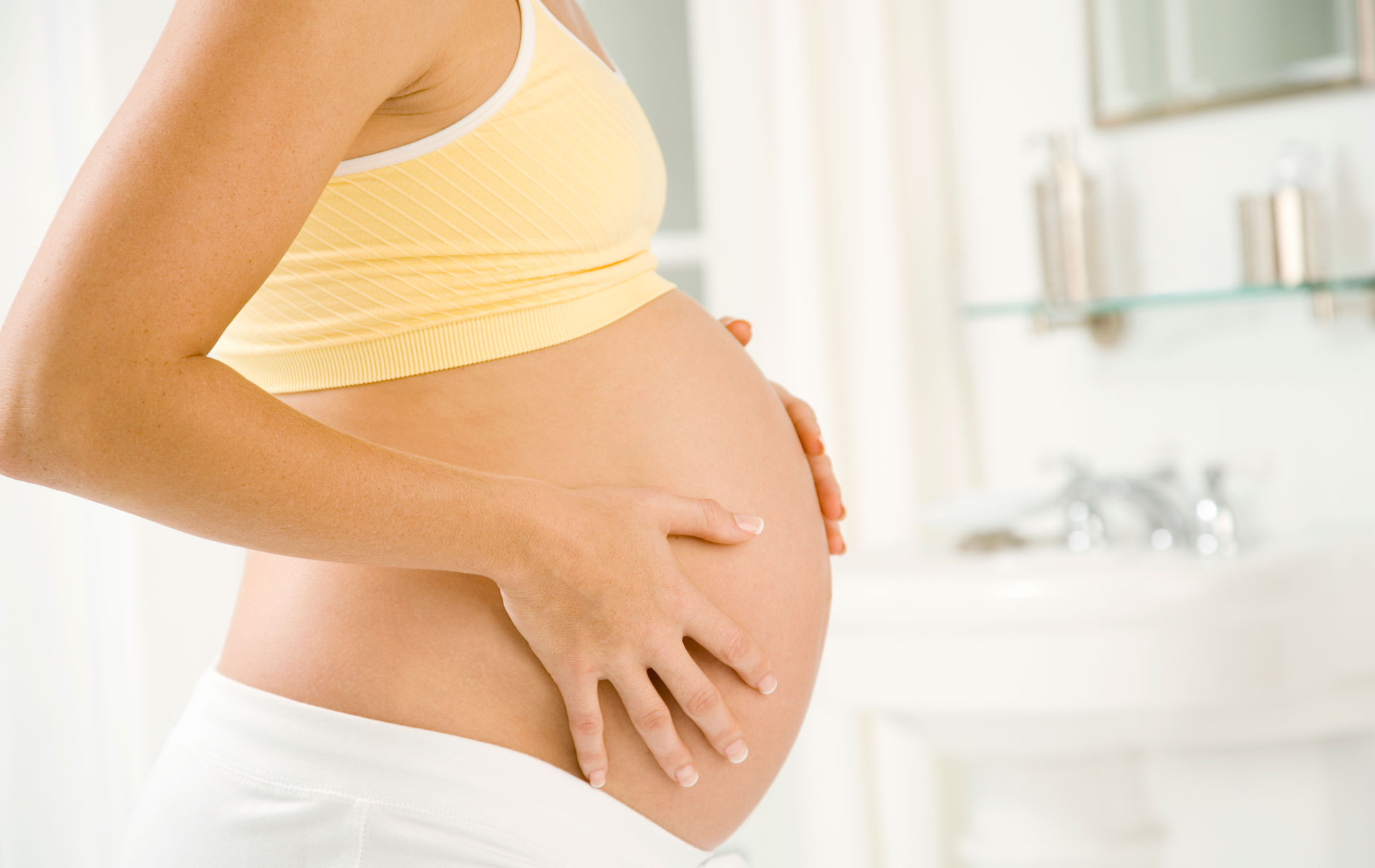
Looking for tips on what to expect during your 32nd week of pregnancy? This pregnancy week by week guide explains the most common symptoms, how your baby is developing and includes the things you should be thinking about doing during this point in your term...
Symptoms at 32 weeks pregnant
Your uterus will be reaching its highest point now - about 12cm above your belly button. You may feel a tingling sensation in your pelvis. This happens when your baby is moving down your uterus and putting pressure on your nerves. Avoid standing or walking for too long and get plenty of rest with your feet raised.
Make sure you're getting enough iron in your diet. During pregnancy the amount of blood circulating around your body increases by up to 50%, so you need twice as much iron as you did before you were pregnant to carry oxygen around your body. Your midwife will routinely check to see whether or not you are anaemic. To boost your iron levels, start the day with a fortified breakfast cereal with a glass of orange juice rather than a cuppa. This is because Vitamin C helps iron absorb into the blood stream, while the tannin in tea inhibits it. Snack on dried apricots and make sure your diet includes a regular intake of iron rich food such as green, leafy veg (spinach, broccoli) or red meat.
The National Sleep Foundation's 1998 Women and Sleep poll found that 78% of women reported more disturbed sleep during pregnancy than at other times and that up to 15 per cent of women develop restless legs syndrome (RLS) during their third trimester of pregnancy.
Fetal development at 32 weeks pregnant
Your baby measures about 40cm, weighs 3lbs 8oz (1.6kg). They will double in size between now and birth! Their brain is growing so fast that the over the next few weeks the circumference of their head will be increasing by around 2.5cm a week.
All five senses are now working and they even have eyebrows and eyelashes. The hair on their head is still growing, as are tiny toe and finger nails (some babies are even born already needing them trimmed!)
Although the baby's now more constricted in your uterus, it can turn its head from side to side and practices vital reflexes, such as grasping.
GoodtoKnow Newsletter
Parenting advice, hot topics, best buys and family finance tips delivered straight to your inbox.
Your baby is busy building an immune system - borrowed from you - against a wide range of diseases. This will help protect them after they're born until they're old enough to have built up their own immunity.
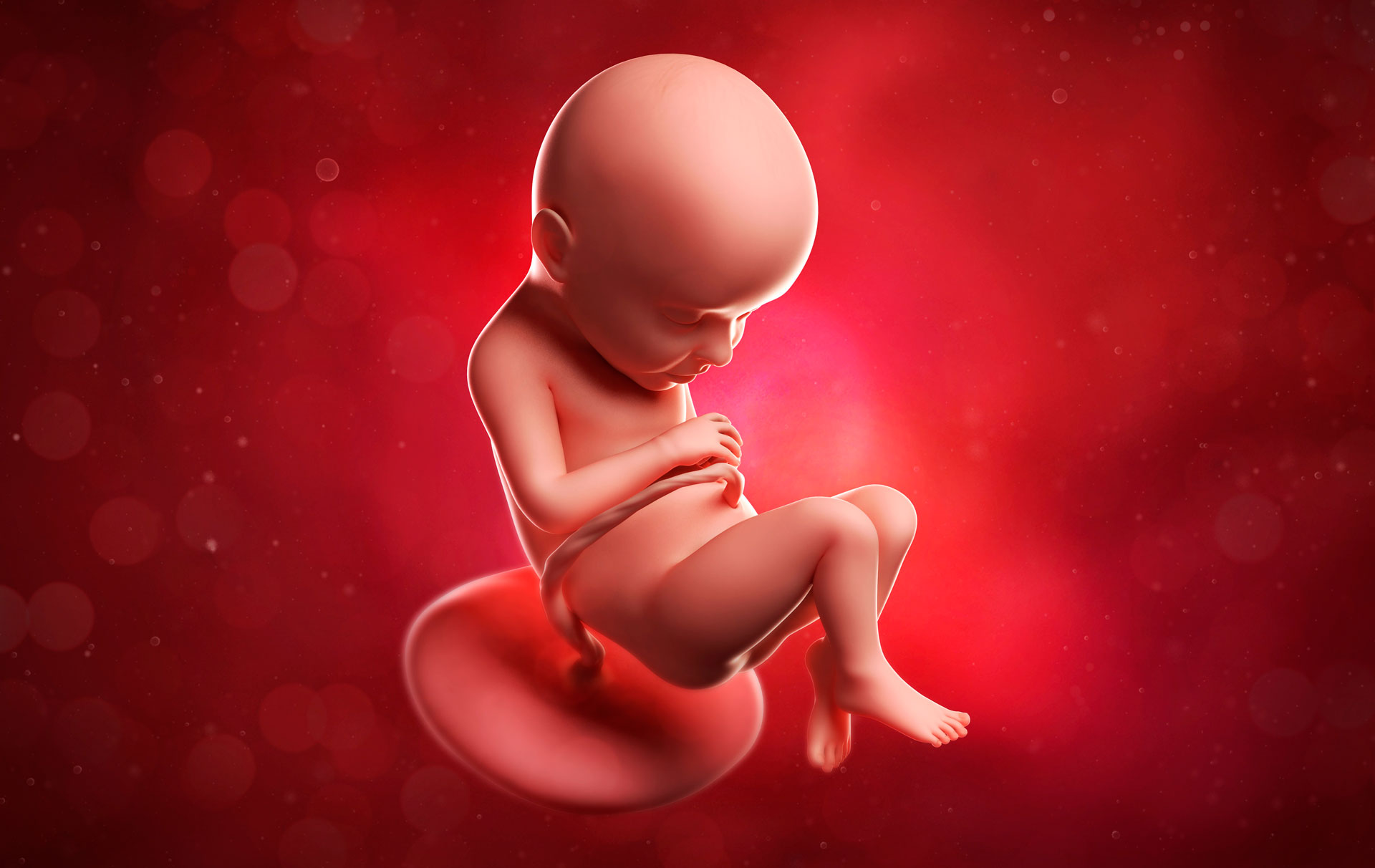
The changes you should make at 32 weeks pregnant
Some women will be offered another scan this week. This is true of women who:
- Have a low-lying placenta: A low-lying placenta is one that is lying near to or covering the cervical os (neck of the womb). This is known as placenta praevia. Because it can lead to bleeding when labour starts it is one reason why women will have an elective caesarean. Women identified as having a low-lying placenta will be offered another scan now to see whether the situation has changed. In most cases it will have. This is because as the uterus grows the placenta moves with it away from the cervix. In fact one study found that only 1 in 600 women who were identified as having a low lying placentas went on to need a caesarean.
- Women expecting twins or multiples: If you are expecting twins, whether they share a placenta or not, you will have an antenatal appointment and a growth scan this week.
Don't miss your antenatal classes. They're a great place to meet other couples in the same situation as you and to get practical help preparing for labour. A full antenatal course is usually one evening a week for 6 to 10 weeks, though some are shorter. In many parts of the country both NHS and private classes, such as those organised by the National Childbirth Trust (NCT) are booked up very early on. But even if you think you've left it too late, it's still worth seeing if you can still get on one.
Stephanie has been a journalist since 2008, she is a true dynamo in the world of women's lifestyle and family content. From child development and psychology to delicious recipes, interior inspiration, and fun-packed kids' activities, she covers it all with flair. Whether it's the emotional journey of matrescence, the mental juggling act of being the default parent, or breaking the cycle of parenting patterns, Stephanie knows it inside out backed by her studies in child psychology. Stephanie lives in Kent with her husband and son, Ted. Just keeping on top of school emails/fundraisers/non-uniform days/packed lunches is her second full-time job.
-
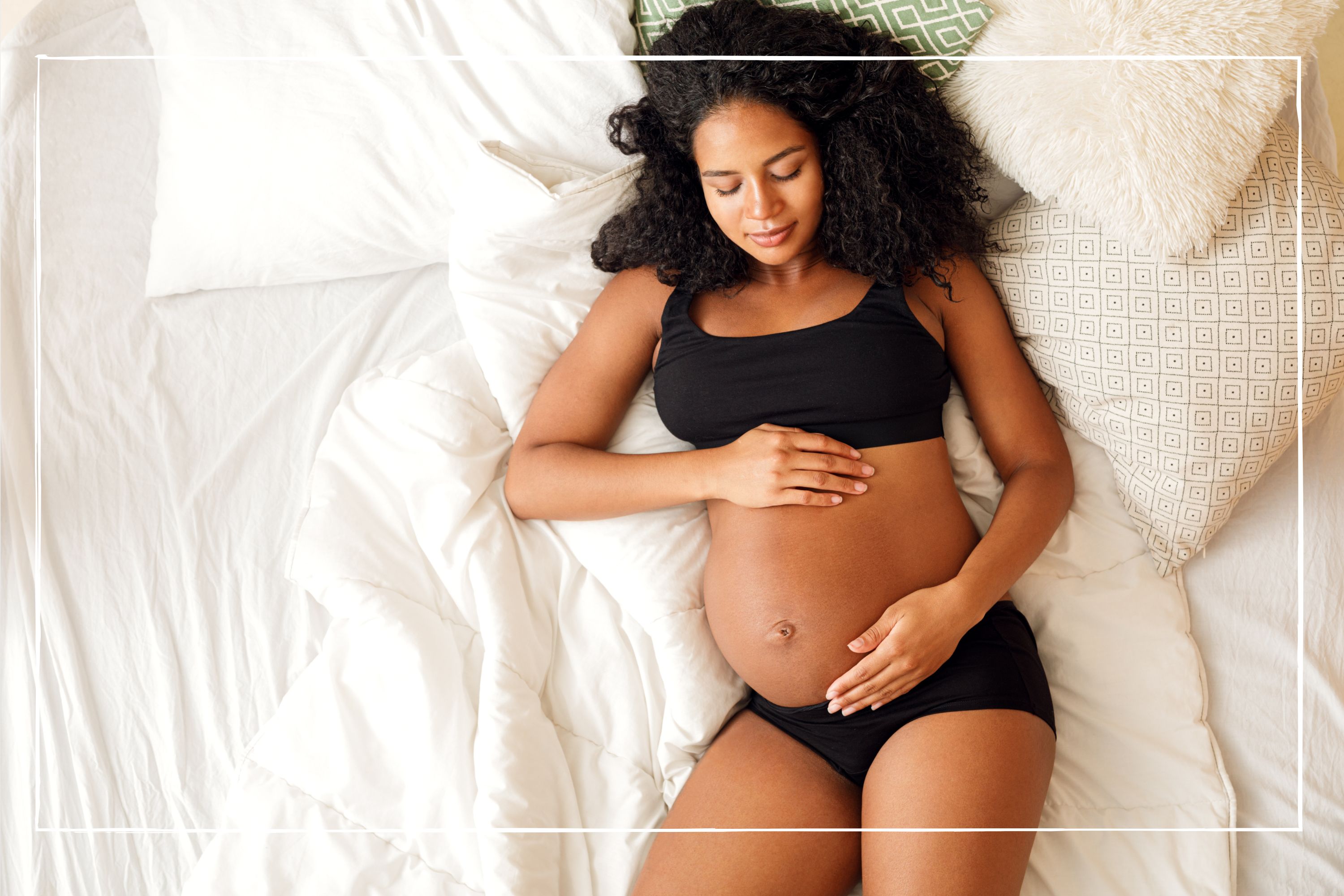 Pregnancy week by week guide
Pregnancy week by week guideEverything you need to know when you're expecting
By Stephanie Lowe Published
-
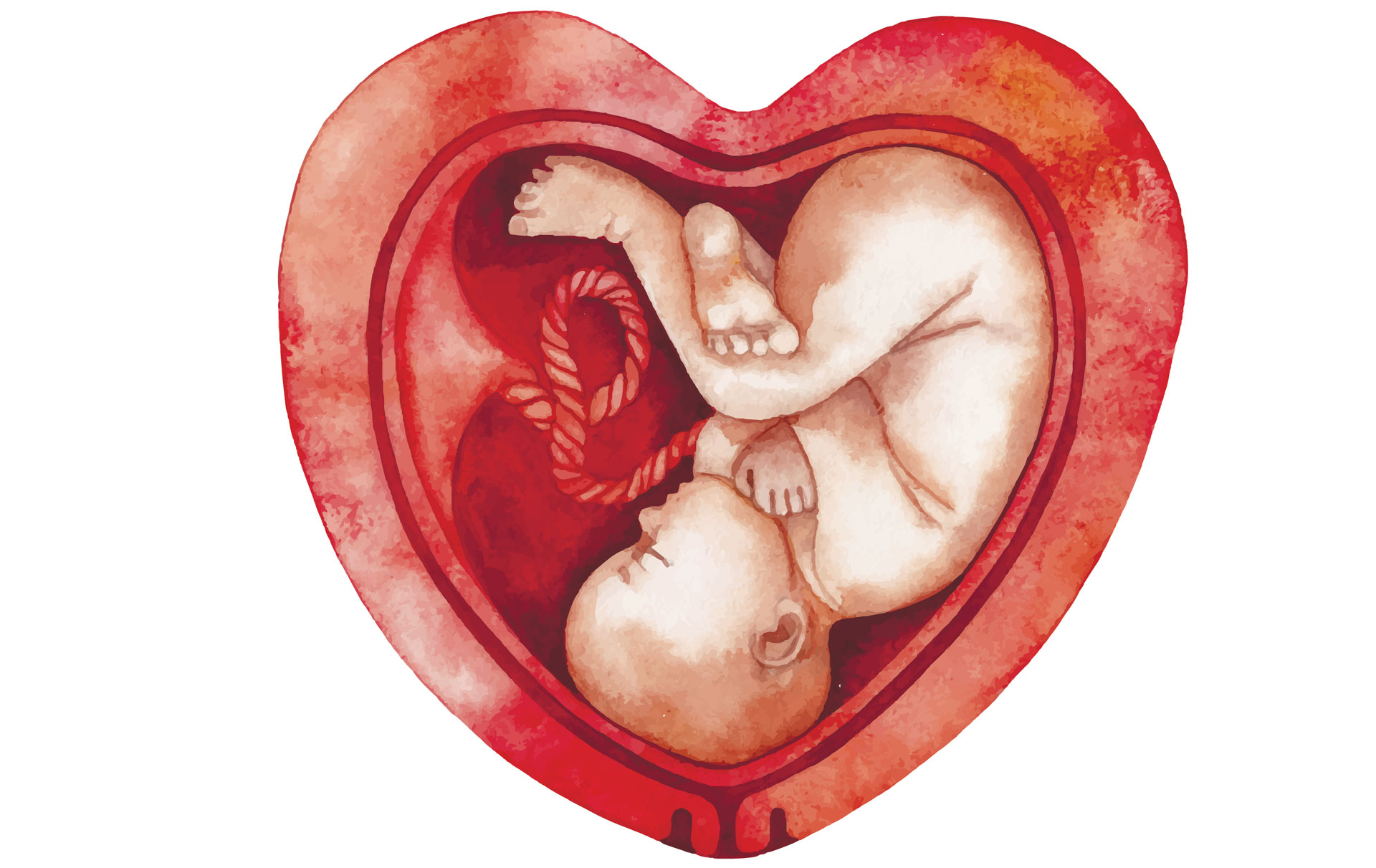 Week by week pregnancy guide: 33 weeks pregnant
Week by week pregnancy guide: 33 weeks pregnantEverything you need to know about being 33 weeks pregnant
By Stephanie Lowe Published
-
 Week by week pregnancy guide: 30 weeks pregnant
Week by week pregnancy guide: 30 weeks pregnantHere's everything you need to know...
By Rosie Conroy Published
-
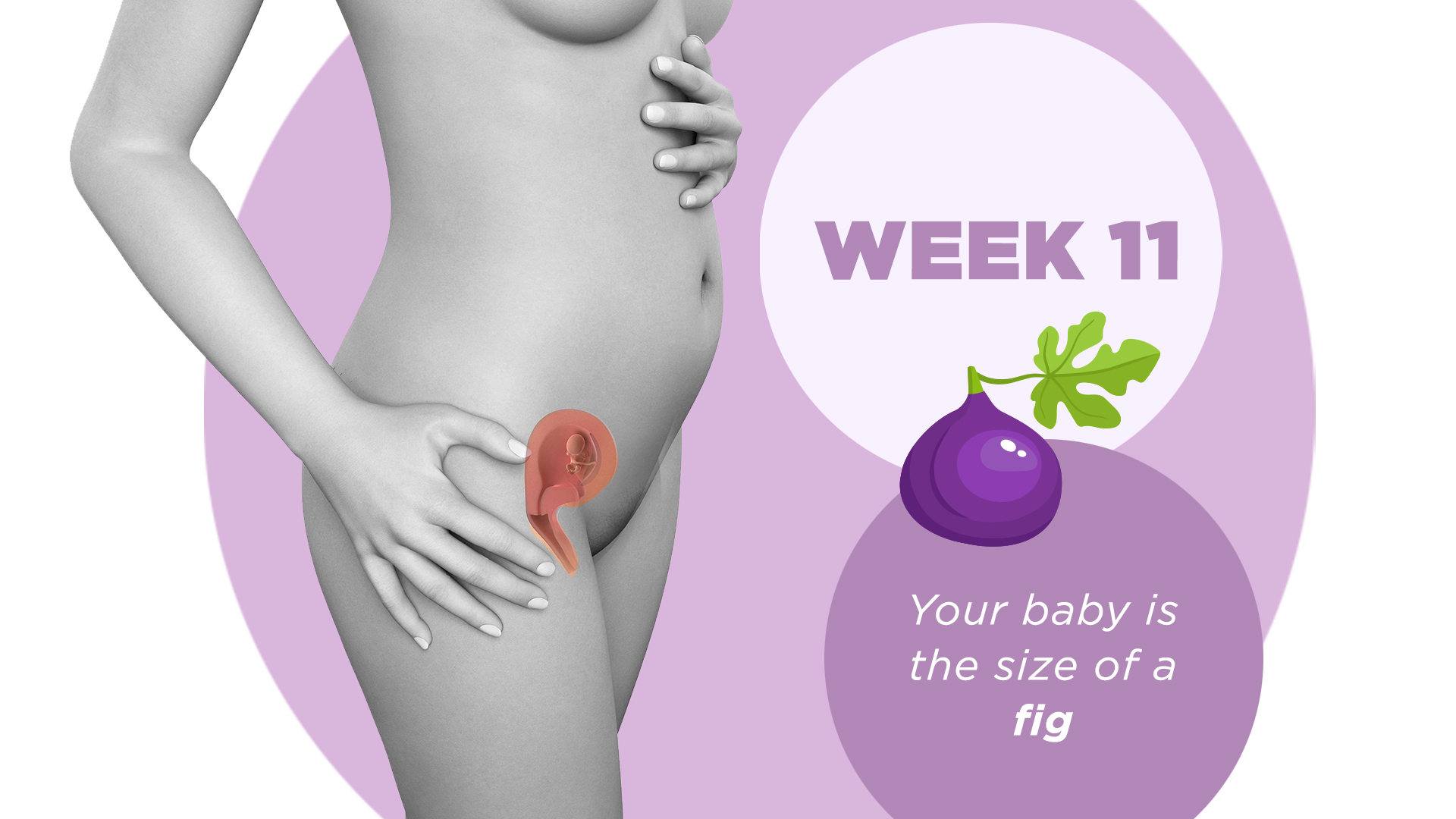 11 weeks pregnant - symptoms, fetal development and what to consider
11 weeks pregnant - symptoms, fetal development and what to considerWelcome to your second trimester...
By Anna Bailey Published
-
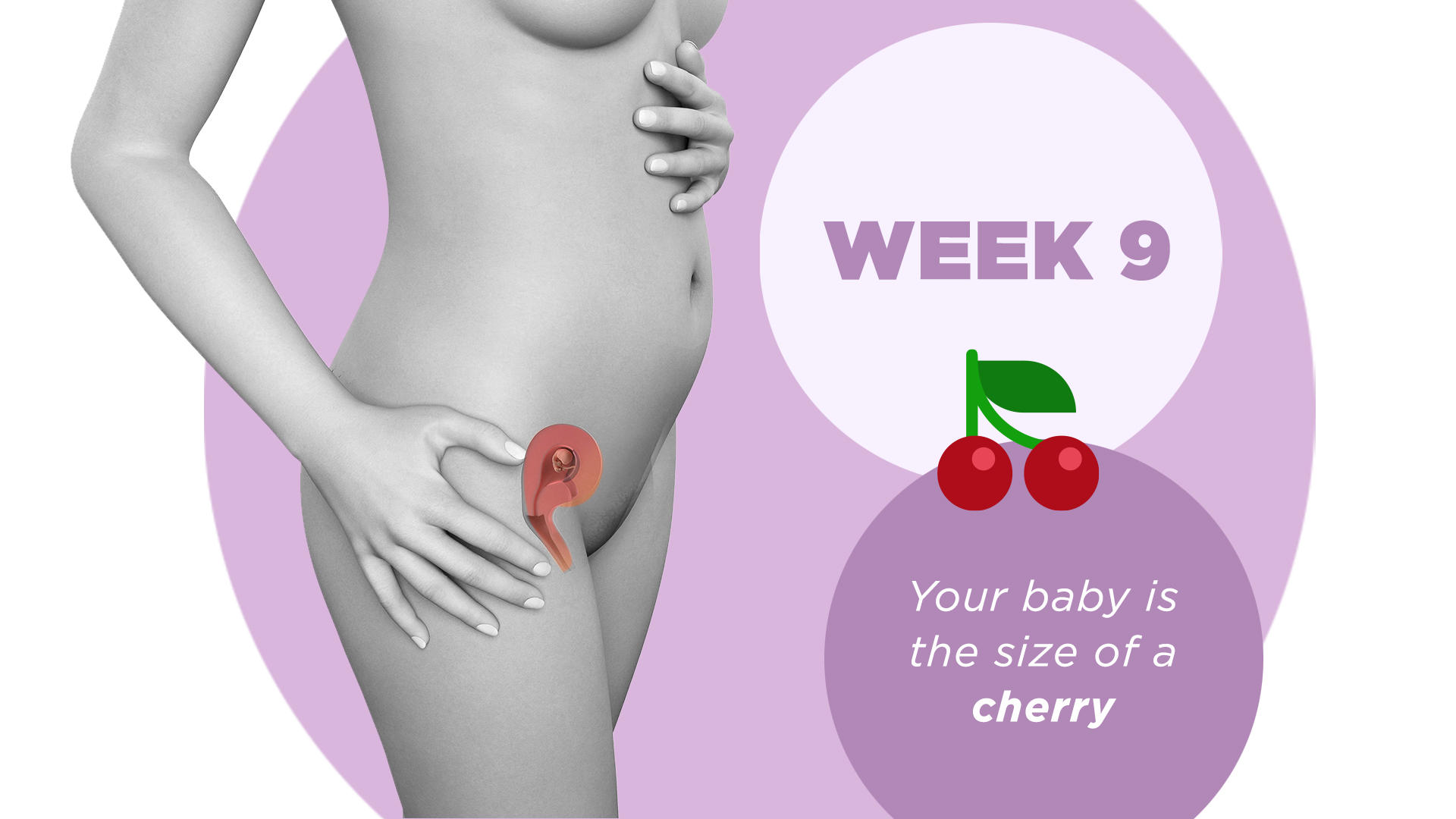 9 weeks pregnant - symptoms, fetal development and what to consider
9 weeks pregnant - symptoms, fetal development and what to considerGreasy hair? Acne? Sickness? Sore boobs? Fatigue? Welcome to 9 weeks of pregnancy
By Anna Bailey Published
-
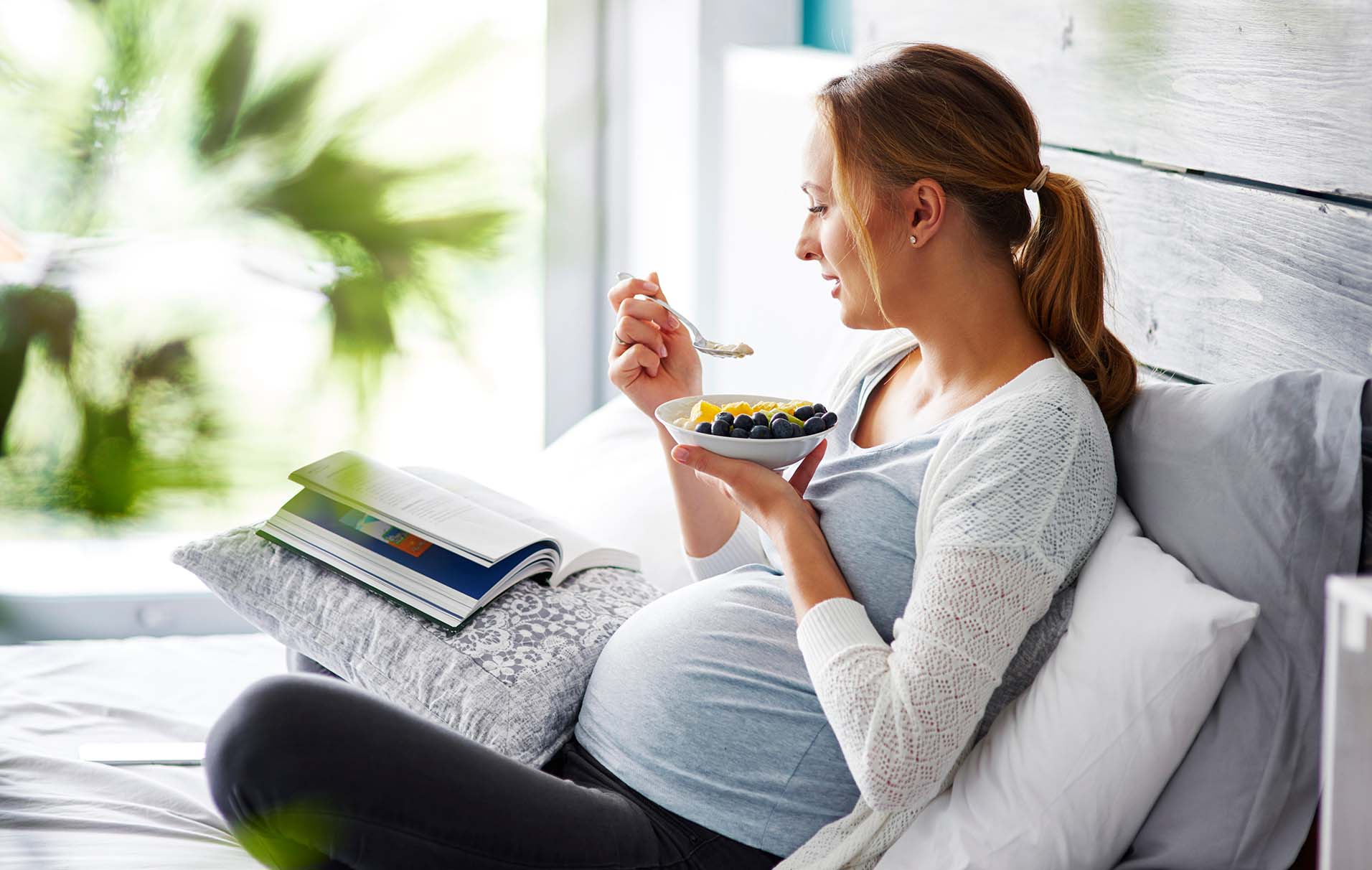 Pregnancy calendar: Your pregnancy timeline
Pregnancy calendar: Your pregnancy timelineJust found out you're pregnant? Don't miss out on any important milestones with our guide...
By GoodtoKnow Published
-
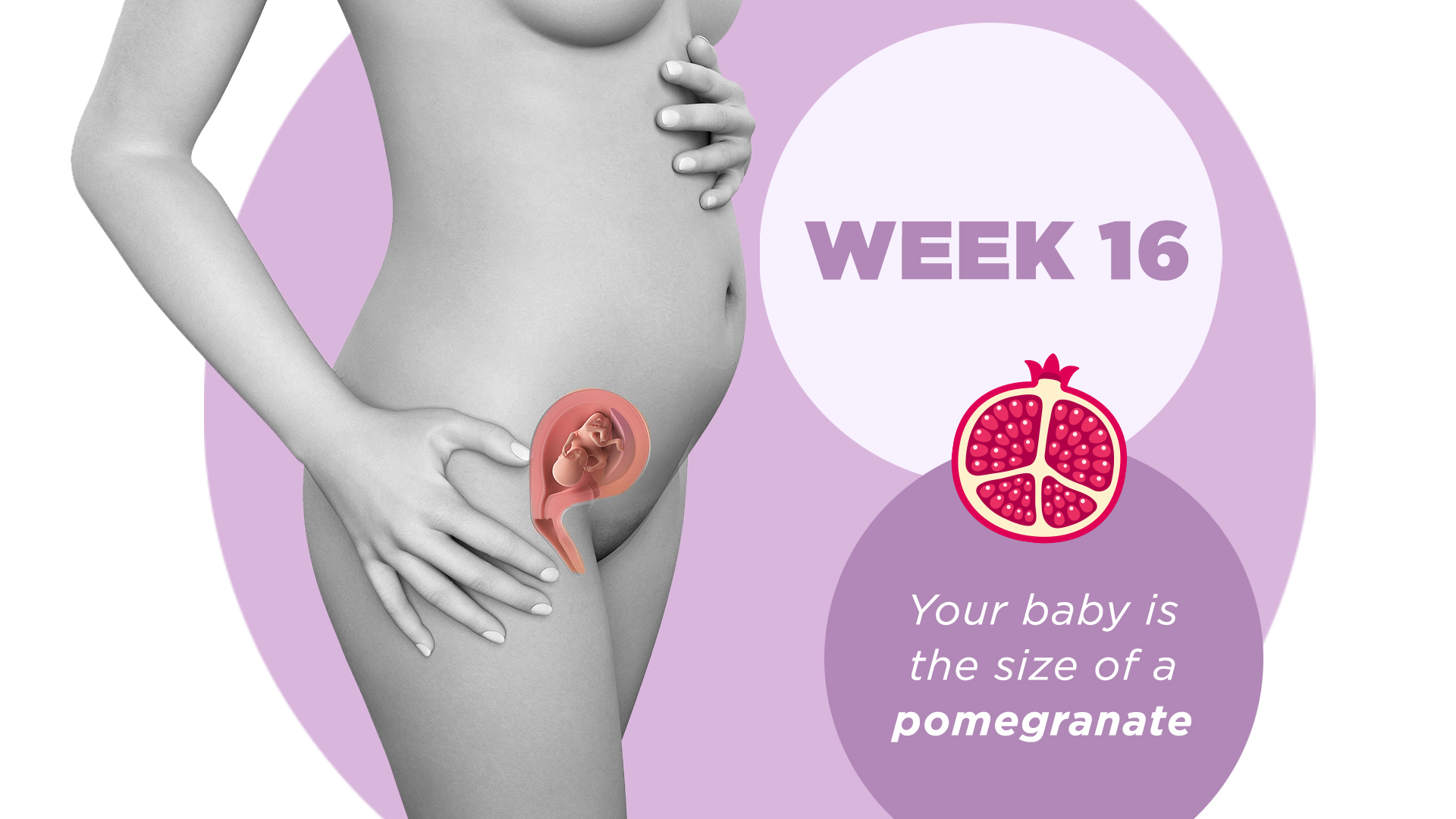 16 weeks pregnant - symptoms, fetal development and what to consider
16 weeks pregnant - symptoms, fetal development and what to considerIncluding your baby's development...
By Anna Bailey Published
-
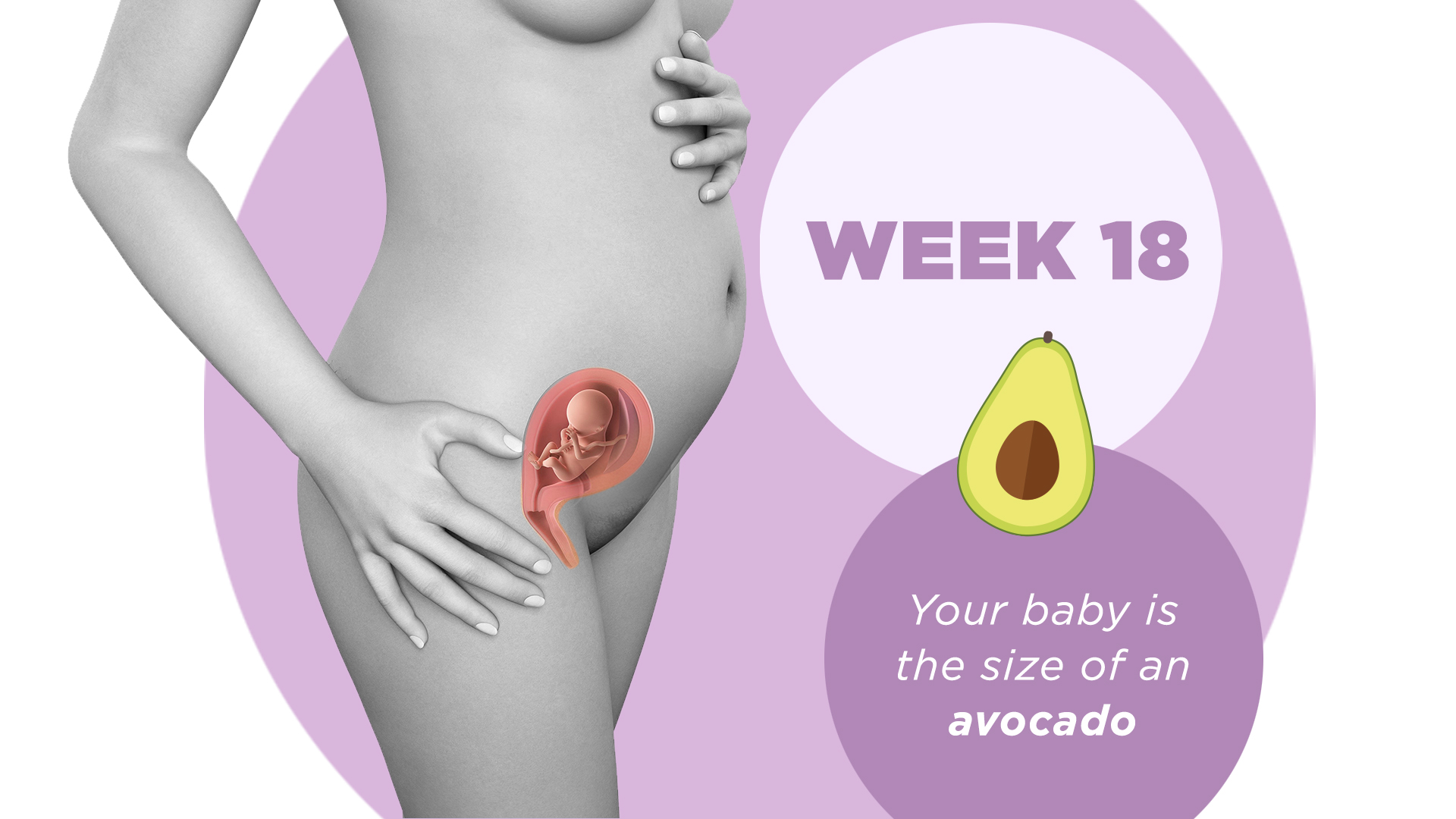 18 weeks pregnant - symptoms, fetal development and what to consider
18 weeks pregnant - symptoms, fetal development and what to considerYou've almost reached the half-way point
By Anna Bailey Published